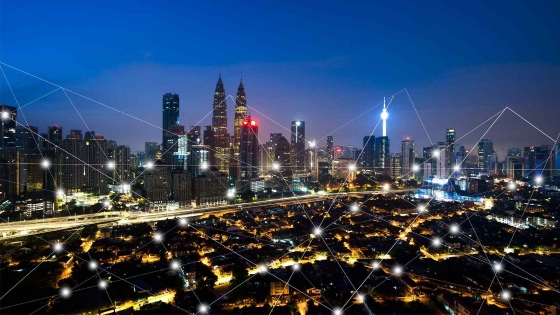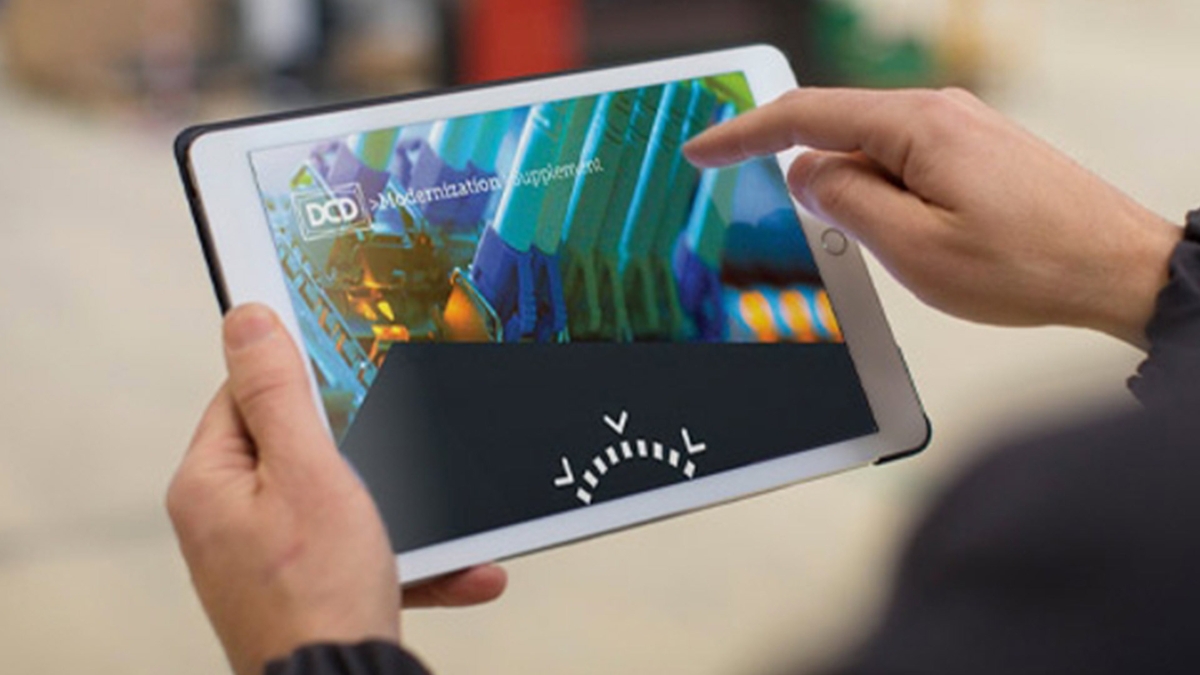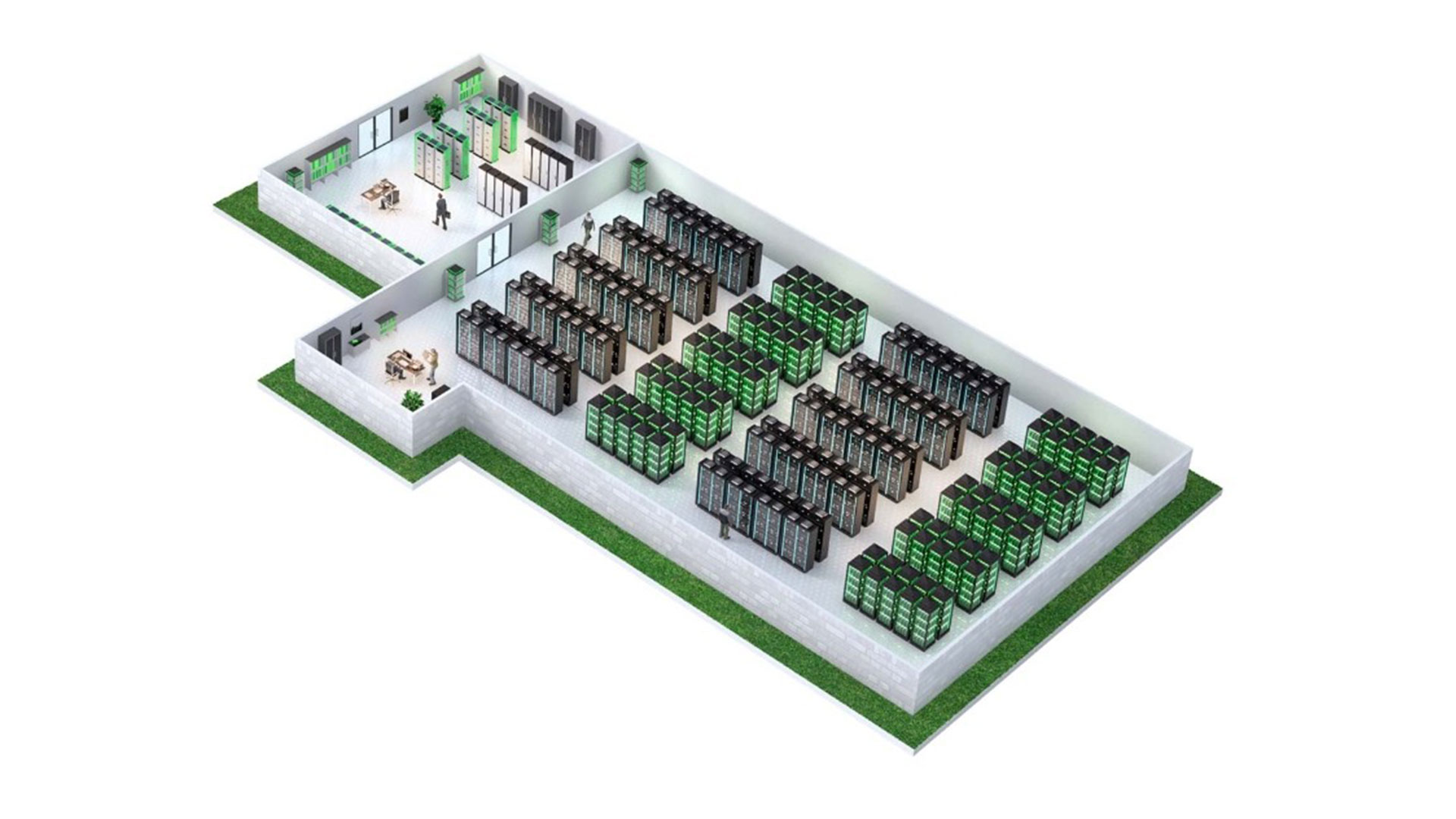Explore EcoStruxure IT
EcoStruxure™ IT
In a connected world, it's now more important than ever to protect critical information and data. Ensure that your data centre's physical infrastructure can adapt quickly to support both future demand driven by IoT and growth—in the cloud and at the edge—without ever compromising availability or operational efficiency.
Six real-world approaches to managing hybrid IT environments
Hybrid IT architectures are getting more complex. This reference guide provides data centre managers with a checklist of key elements for any successful data centre operation including practical tips and advice.
Download the reportModernise and upgrade your legacy data centre
Modernisation and upgrades of legacy data centre infrastructure remain a key priority and areas of capital expenditure for data centre executives. Get advice on upgrading a live facility without impacting reliability and explore cost-effective infrastructure options.
Access the report
Facts about EcoStruxure for Data Centres
30%
30%
60%
Find products and solutions
- Racks and Enclosures
-

Racks and Enclosures
Racks and Enclosures Rack Power Distribution -

Rack Power Distribution
Rack Power Distribution Uninterruptible Power Supply (UPS) -

Uninterruptible Power Supply (UPS)
Uninterruptible Power Supply (UPS) APC NetShelter SX Enclosures -

APC NetShelter SX Enclosures
APC NetShelter SX Enclosures NetShelter CX Enclosures -
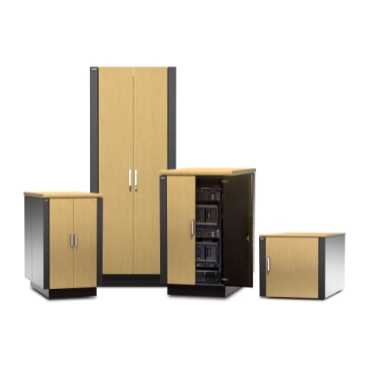
NetShelter CX Enclosures
NetShelter CX Enclosures Security and Environmental Monitoring -

Security and Environmental Monitoring
Security and Environmental Monitoring Data Center Infrastructure Management (DCIM) Software -

Data Center Infrastructure Management (DCIM) Software
Data Center Infrastructure Management (DCIM) Software EcoStruxure Building Operation -

EcoStruxure Building Operation
EcoStruxure Building Operation EcoStruxure™ IT Data Center Expert -
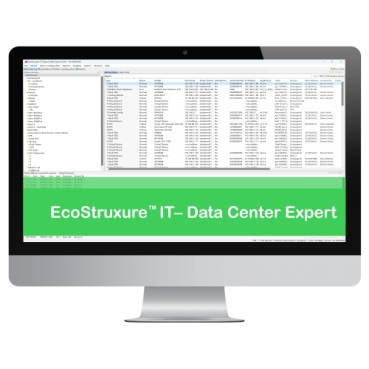
EcoStruxure™ IT Data Center Expert
EcoStruxure™ IT Data Center Expert Data Centre Life Cycle -

Data Centre Life Cycle
Data Centre Life Cycle

We are the leading provider of physical infrastructure solutions for the entire data centre and its lifecycle.

As the scale and speed of digitization increases, our solutions help cloud, telecom, and colocation providers look to the future with confidence.
Featured customer stories
Retirement Systems of Alabama
EcoStruxure IT provides the Retirement Systems of Alabama data centre with reliability to support job growth in their local economy.
Bainbridge Island School District
EcoStruxure IT ensures continued education in a great learning environment. Keeping school in session with real-time visibility of the entire network.
Telefónica
With EcoStruxure IT, Telefónica's Alcalá data centre processes a staggering 14 kW per rack while ensuring reliable services. Learn how Telefónica increased the capacity and improved their cost-effectiveness.
Mainfreight
Logistics is a data-intensive business, requiring a modernised data centre to ensure everything runs smoothly. EcoStruxure solutions provide visibility and insights to maintain the performance and efficiency of Mainfreight's infrastructure.
Get more insights on data centres
Data centre blogs
Explore the latest thought-provoking content from over 600 Schneider Electric subject matter experts and various guest bloggers that are involved in the data centre realm.
Read the blogWhite paper library
Get access to over 200 fact-based data centre white papers created by our dedicated research team to learn about today's challenges and best practices in planning, designing, operating and maintaining data centre facilities.
Access the white paper library
Innovation World Tour
Discover Innovation Summits, Innovation Days and Innovation Talks and how we help customers prepare for success in the Digital Economy. Learn to thrive in a rapidly changing world.
Experience innovation near you


